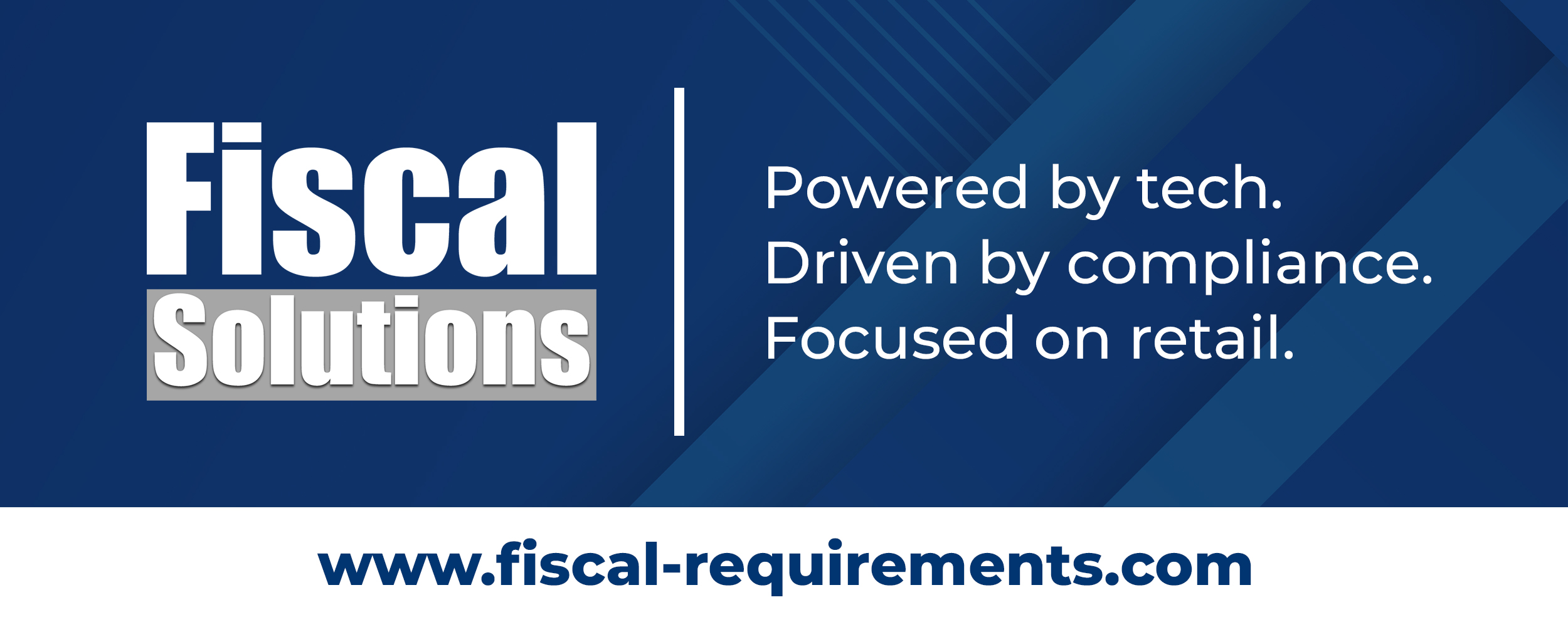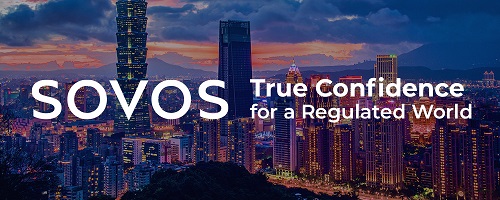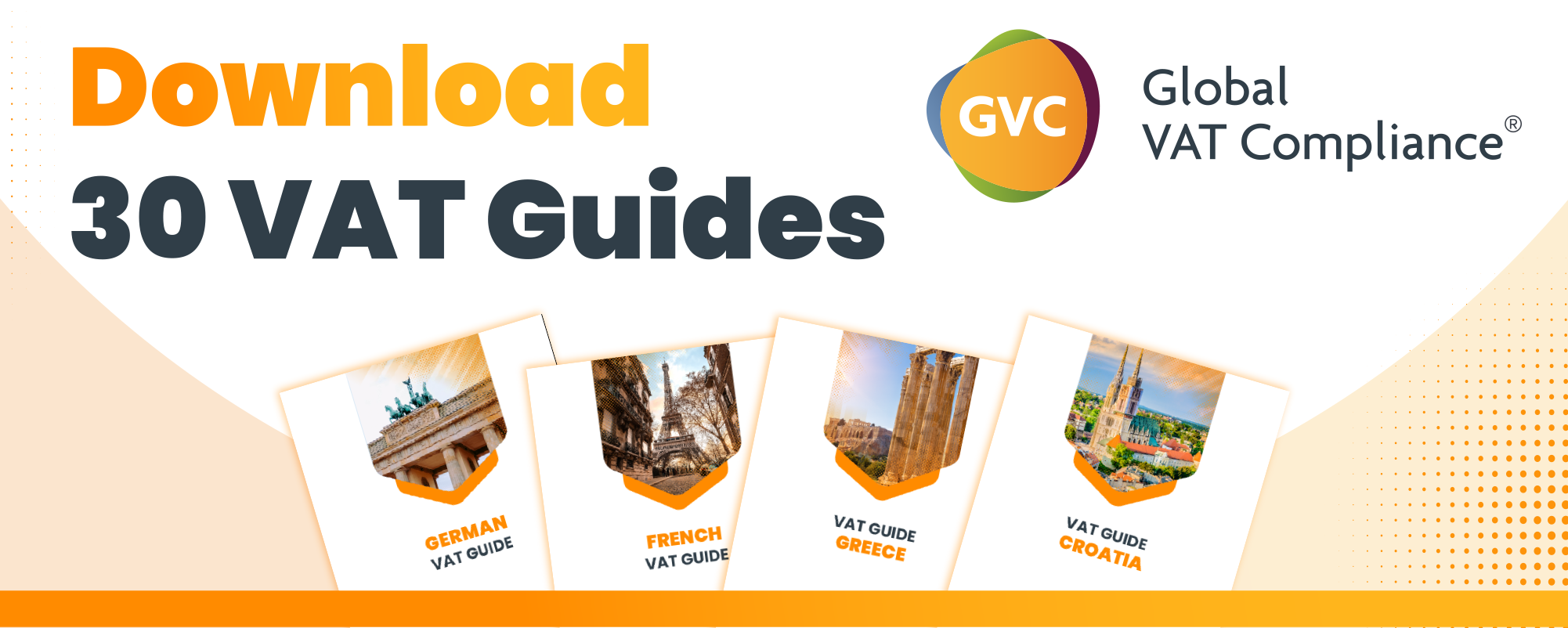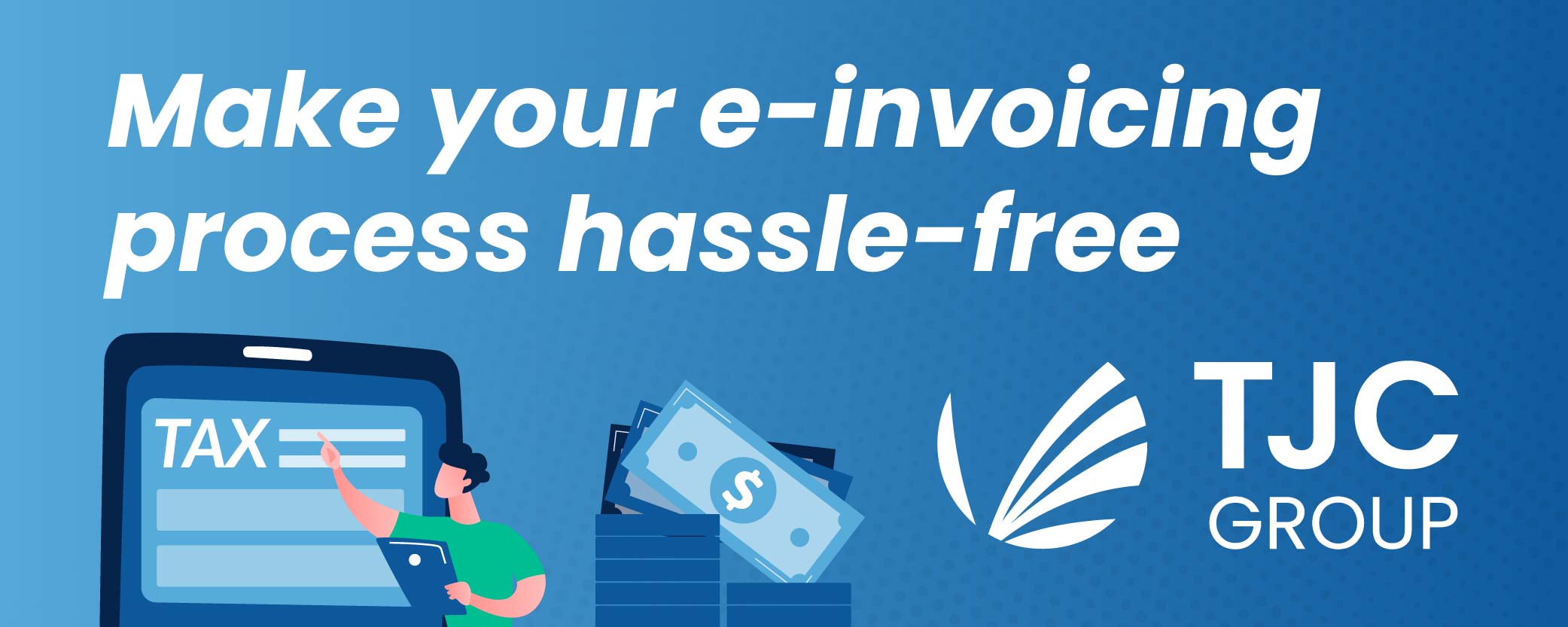The GST Composition Scheme offers simplified compliance and lower tax rates for small businesses. Here’s a concise summary of its legal basis, eligibility, rules, and obligations:
-
Simplified Compliance Framework:
Designed under the CGST Act, 2017, the scheme enables MSMEs to pay tax at a fixed rate based on turnover, with reduced filing requirements and no need to track input tax credits. -
Legal Structure and Rules:
Governed by Section 10 of the CGST Act and Rule 7 of the CGST Rules, the scheme outlines applicable turnover limits, tax rates, and compliance responsibilities for eligible taxpayers. -
Eligibility and Exclusions:
Open to manufacturers, traders, and select service providers with turnover below thresholds. Not permitted for interstate sellers, non-residents, and those dealing in notified goods like tobacco. -
Conditions and Compliance Limits:
Intra-state sales only, no tax collection on invoices, and limited service supply allowed. Violations or excess turnover shift the taxpayer to the regular GST regime automatically. -
Invoicing and Record-Keeping:
Businesses must issue a bill of supply, not tax invoices, and display their status as “Composition taxable person” on documents and premises. HSN codes are simplified for GSTR-4 filings. -
Penalties and Interest:
Late GSTR-4 filings attract ₹50/day (₹25 CGST + ₹25 SGST), capped at ₹2,000. Nil returns cost ₹10/day. CMP-08 attracts interest for delayed payments, though no late fee applies. -
RCM and Exemptions:
No RCM on renting or security services. Other notified services like legal or GTA fall under RCM, with tax payable but no ITC—making such tax a business cost.
Source: www.taxscan.in














